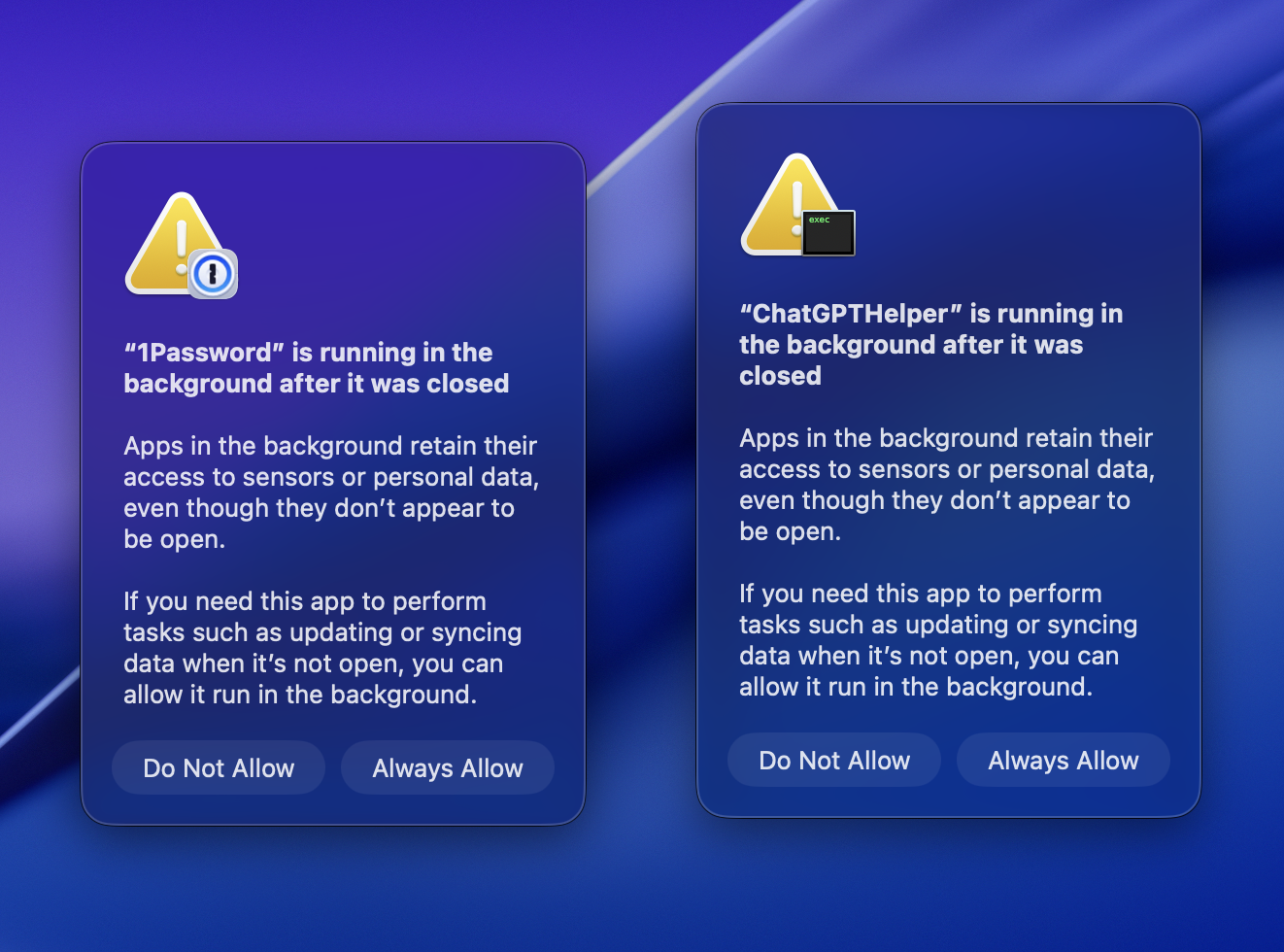-
🔗 82MHz: Blogs are still a thing
One more for the “blogging’s not dead yet” list everyone’s keeping.
Blogging is a small niche these days. There isn’t much hype around it, nor is there any money to be made because the VC firms are all busy chasing the next big thing […] But it is still here, and I like it exactly because it’s not the hype technology of the day anymore. It isn’t commercialised, algorithmically curated and set up to make some other person rich.
That’s why I like it too. It’s a slow, quiet, and comfortable form of online interaction.
Via: Mastodon boost by Brent Simmons
-
🖼️ Gallery
Day Trip to Yass
Decided to go to Yass today, a small town in NSW just north of where I’m staying in Canberra. I pass by Yass every time I drive to Canberra from Melbourne, and I wanted to see what it was like, at least once. And this morning I discovered that it had a railway museum, which sealed the deal. Unfortunately the weather was not kind: it was bitterly cold and rainy the whole time I was there. Continue reading →
-
Day 15: tie
Was wondering what I’d submit for today until I realised that the bird cage had all sorts of toys with tied knots. #mbjune

-
🔗 MOR10: Blogging is dead. Long live ephemerality.
This ended up being quite an insightful piece, particularly around how much better the authoring tools are in Instagram and other social media apps.
Via: Juha-Matti Santala
-
Appreciate that there's someone else out there getting driven crazy by Apple throwing up permission pop-ups everywhere in MacOS. And the Terminal, of all places.
-
Ricco’s taken an interest to my shoes today. Ivy, despite trying to come off as her own bird when it comes with dealing with Ricco, couldn’t help taking an interest too. 🦜

-
📘 Devlog
UCL — More About The Set Operator
I made a decision around the set operator in UCL this morning. When I added the set operator, I made it such that when setting variables, you had to include the leading dollar sign: $a = 123 The reason for this was that the set operator was also to be used for setting pseudo-variables, which had a different prefix character. @ans = "this" I needed the user to include the @ prefix to distinguish the two, and since one variable type required a prefix, it made sense to require it for the other. Continue reading →
-
Day 14: twilight
#mbjune

-
I think I may need to write more long form. It’s easy to dash out a small thought or two like this. It’s quite different trying to organise your thoughts into something larger. Different muscles are being exercised, and it feels like mine have atrophied a little.
-
Some Morning AI Thoughts
Some contrasting views on the role of AI in creation, highlighting the importance of human creativity and quality over speed and cost-cutting in technological advancements. Continue reading →
-
Day 13: pathway
#mbjune

-
Hello there. 🦜


-
I must admit, I was not expecting much when I plugged my iPad into a HDMI and USB hub splitter. Yet I was pleasantly surprised that it had no trouble extending (well, mirroring) the display and enabling keyboard and mouse. It’s not perfect, but it’s better than I was expecting.

-
Day 12: hidden
#mbjune

-
If ute is short for “utility” vehicle, then instead of SUV, we should be calling these vehicles “sports utes”.
-
🔗 Robert Birming: Blog Inspiration
Very nice collection of links to blogging resources — from ideas and inspirations through to colour and icon packs — from @birming. This stuff is cat nip for me, so I’m sure to enjoy browsing these links.
-
Speaking of avians, I’m back in Canberra, which can only mean one thing: there will be photos of cockatiels.

-
Every cafe or eatery at the airport uses an avian or aviation theme. Here’s a way to stand out: nautical theme. Having a fish and chip shop with boats and lighthouses will turn heads.
-
🔗 You’re not a front-end developer until you’ve… - Nic Chan
Scored 17 in this little quiz. Not bad for a backend developer, although many of the questions universally apply.
Via: Jim Nielsen’s Notes
-
Day 11: brick
Might be pushing the definition of “brick” for this one. #mbjune

-
🔗 Science: Cockatoos have learned to operate drinking fountains in Australia
Each placed one or both of its feet on the fountain’s twist handle, then lowered its weight to twist the handle clockwise and prevent it from springing back up.
Amazing.
-
Oh, no #wwdc25

Apple, I was kidding.
-
Looking forward to all the fun new permission gates that will show up in MacOS Tahoe. “Your keyboard is trying to use a process on your computer. Keyboards are known to result in modifications to your personal data.” 😛
-
Day 10: rail
I post a lot of train photos on this site, so here’s one of the other railed vehicles I encounter. #mbjune

-
That Which Didn't Make the Cut: a Hugo CMS
You’ve probably noticed1 that I’ve stopped posting links to Open Bookmarks, and have started posting them here again. The main reason for this is that I’ve abandoned work on the CMS I was working on that powered that bookmarking site. Yes, yes, I know: another one. Open Bookmarks was basically a static Hugo site, hosted on Netlify. But being someone that wanted to make it easy for me to post new links without having to do a Git checkout, or fiddle around YAML front-matter, I thought of building a simple web-service for this. Continue reading →